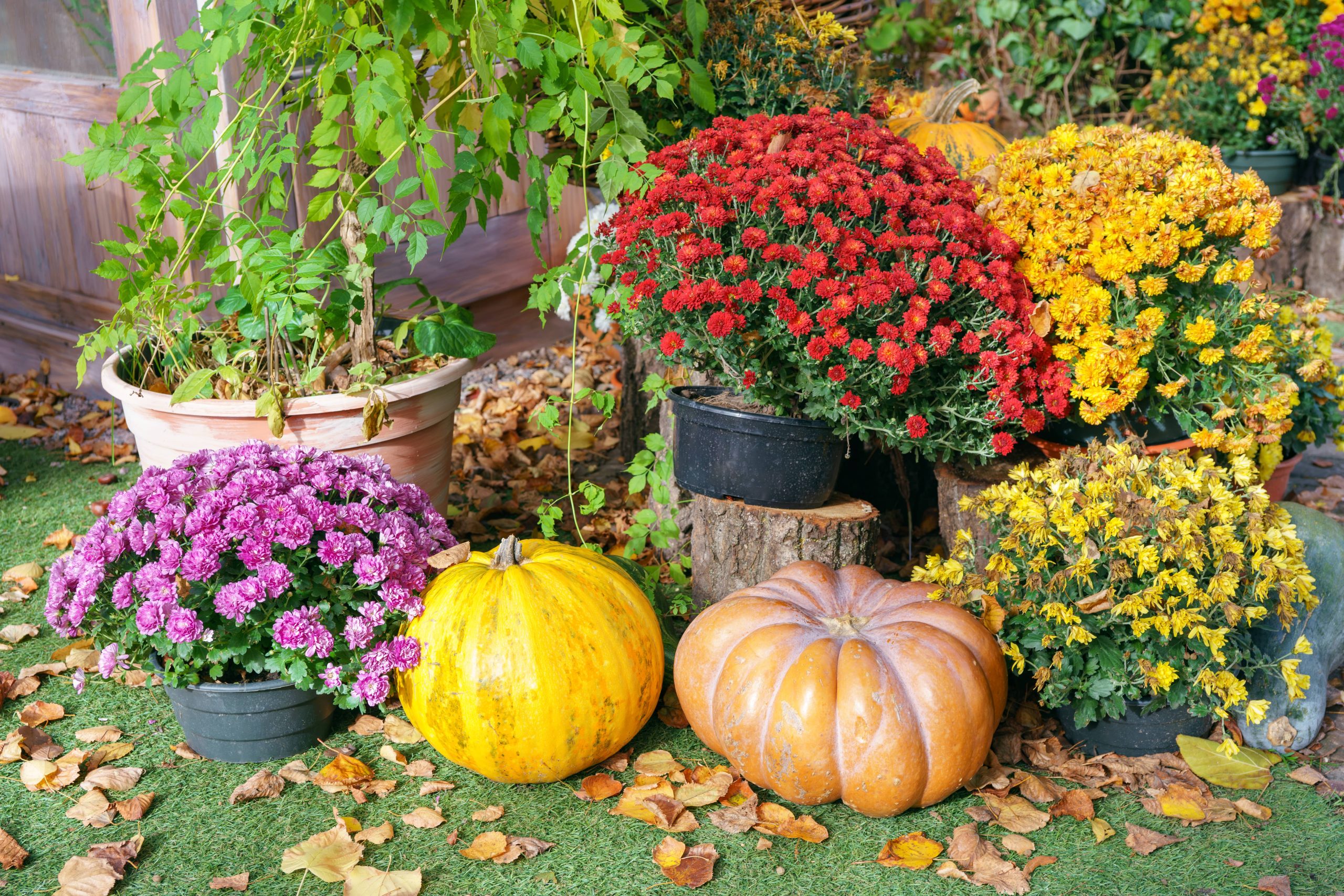
As the vibrant colors of fall slowly fade and the crisp air becomes a bit cooler, gardeners everywhere begin to prepare for the impending winter season. For those of us who understand the joys and challenges of maintaining a picturesque home and garden, this time of year signifies more than just pumpkin spice and cozy sweaters. It’s the perfect opportunity to prepare our green spaces for the harsh winter months ahead. One key step in this preparation is fertilization. So, let’s delve into how you can give your lawn and garden the nutrients they require now to ensure they emerge healthy and robust come spring.
Understanding the Importance of Fall Fertilization
Many homeowners often overlook fertilizing their gardens and lawns in the fall, focusing instead on spring as the primary time for such activities. However, fall fertilization is crucial. During this period, plants and lawn grasses are actively storing energy in their root systems. By providing the necessary nutrients, you support root growth and fortification, setting a strong foundation for the next growing season.
Fertilizing in the fall helps repair any damage from summer’s heat and drought conditions and preps your garden and lawn to combat the winter’s cold. A well-fertilized plant with a strong root system can better endure frost and snow, ensuring a lush green rebound in the spring.
Choosing the Right Fertilizer
The needs of your garden and lawn can vary greatly depending on the type of plants and the composition of your soil. Conducting a soil test will give you an excellent starting point by highlighting the current nutrient levels and pH balance. Based on these results, you can choose a suitable fertilizer.
For lawns, look for a high-phosphorus mix (the middle number in an N-P-K fertilizer ratio), which supports strong root development. Often, a balance of about 20-8-8 is recommended for grass, strengthening roots and repairing any summer damage.
In the garden, especially for perennial plants, consider using a balanced fertilizer like 10-10-10. This balance supports root development, foliage growth, and flower bud formation for the plants’ next cycle. For organic options, consider compost or well-rotted manure, which releases nutrients more slowly, providing plants with a steady supply over the winter.
Timing Your Fertilization
Timing is everything with fall fertilization. Apply your fertilizer roughly six to eight weeks before the first expected frost in your area. This timing ensures the nutrients have adequate time to reach the plant roots and start the absorption process.
For lawns, the best time to fertilize is in the early to mid-fall. For garden beds, consider around the same timeframe but be mindful of any specific plant requirements. Pay attention to whether your plants are cool-season or warm-season varieties, as this can also impact when and how you should fertilize.
Application Techniques
How you apply fertilizer is just as crucial as the type you choose. Here are some best practices:
– Lawn Fertilization: Use a broadcast spreader for even distribution of granular fertilizer. This ensures that every inch of your lawn receives the right amount of nutrients without over-fertilizing, which can harm the grass.
– Garden Fertilization: For gardens, gently work the fertilizer into the top few inches of soil, taking care not to disturb plant roots. This technique ensures that when moisture hits, the nutrients effectively percolate into the root zone.
Always follow the instructions on your fertilizer package regarding application rates. Over-fertilization can lead to nutrient burn and even environmental harm due to runoff.
Completing the Fall Prep
While fertilization is a significant step, it’s not the only one you should take as winter approaches. Combine it with other fall maintenance practices:
1. Deep Watering: Ensure your garden and lawn are well-watered before the ground freezes. Deep watering aids in nutrient absorption and helps plants transition into dormancy with sufficient moisture.
2. Mulching: Adding a layer of mulch over garden beds protects from cold temperatures and soil erosion, maintaining moisture levels throughout winter.
3. Leaf Cleanup: Leaves can smother grass if left unmown. Mulch them with your lawnmower instead. This adds organic matter to the soil, further enriching it with nutrients.
4. Pruning: Trim diseased, damaged, or dead branches from trees and shrubs. However, avoid heavy pruning, which can stimulate new growth susceptible to winter damage.
5. Final Mowing: For your last mow, keep the grass slightly higher, around 2.5 inches, to protect the roots but ensure it isn’t too long to prevent matting under snow.
By incorporating these practices with strategic fertilization, you’re setting up a winter impervious shield over your garden. Come spring, you’ll be greeted not only by the budding, beautiful signs of new life but also by a sense of accomplishment knowing you’ve done right by your lawn and garden.
Investing time and effort now will result in a rewarding, lush home and garden when the warm weather rolls around again. So, as you sip on your autumn favorite drinks, reflect on the enduring beauty your garden will bring next year, courtesy of this pre-winter preparation.







